D. T. Max on a pathbreaking surgeon who prefers to do his cutting by remote control.
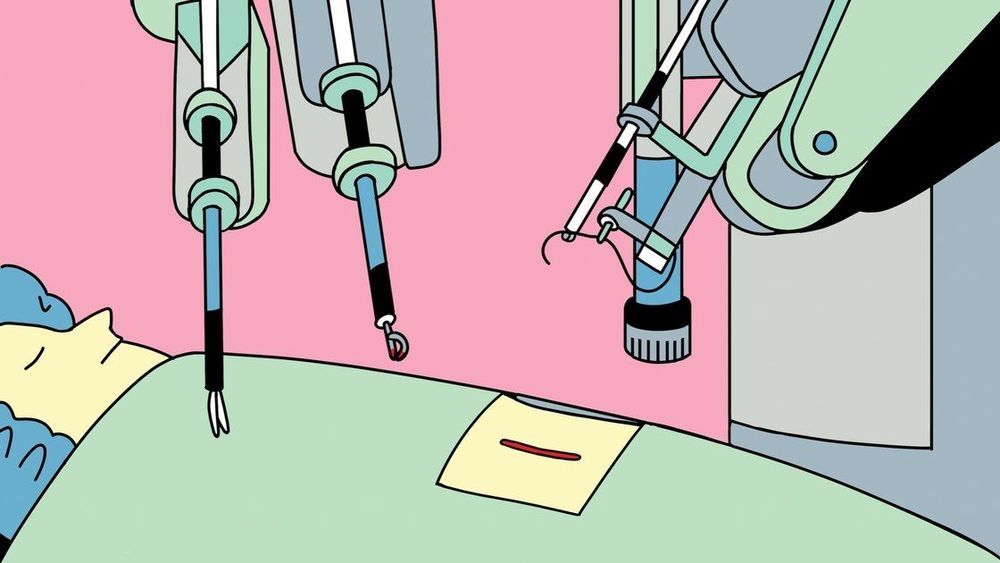

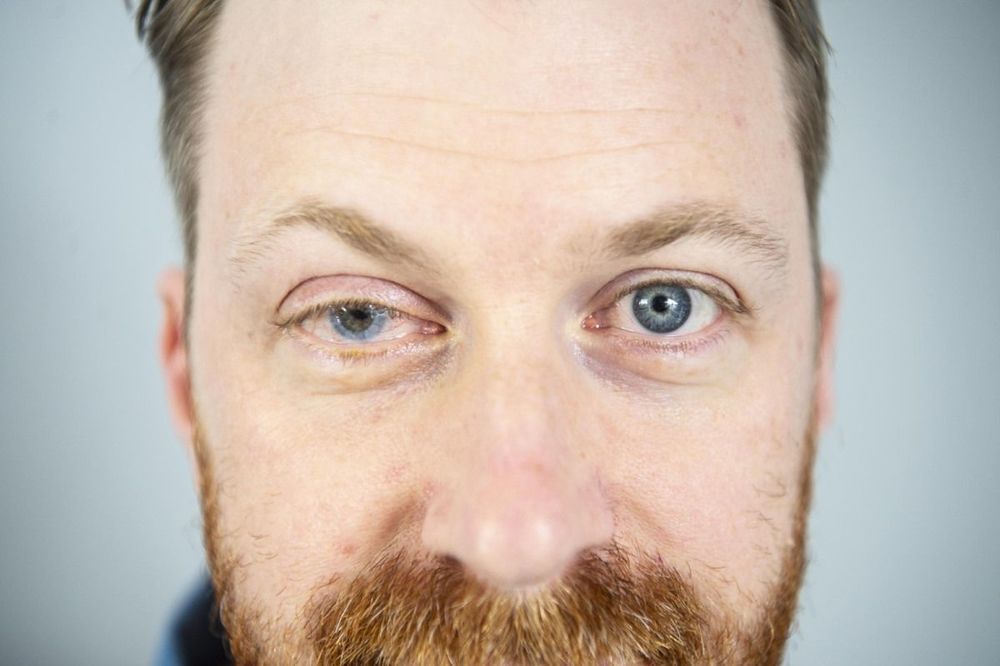

Researchers at the University of Helsinki in collaboration with researchers from Åbo Akademi University (Finland) and Huazhong University of Science and Technology (China) have developed a new anti-cancer nanomedicine for targeted cancer chemotherapy. This new nano-tool provides a new approach to use cell-based nanomedicines for efficient cancer chemotherapy.
You have to admit it. Some of the uses of artificial intelligence are simply fascinating. One of the more exciting aspects of artificial intelligence is seeing all the potential ways the technology can be applied to our daily lives, even if it at times it seems a little creepy. We have seen artificial intelligence technology shape everything from the medical world to art. However, did you ever think that AI would go on to shape the world of stock images?
RELATED: AIS CONTINUE TO ACT IN UNPREDICTABLE WAYS, SHOULD WE PANIC?
Now if you are familiar with people using AI to create portraits of people who do not exist, then surely this idea came to your mind at some point. Yet, another industry influenced by the world of AI.


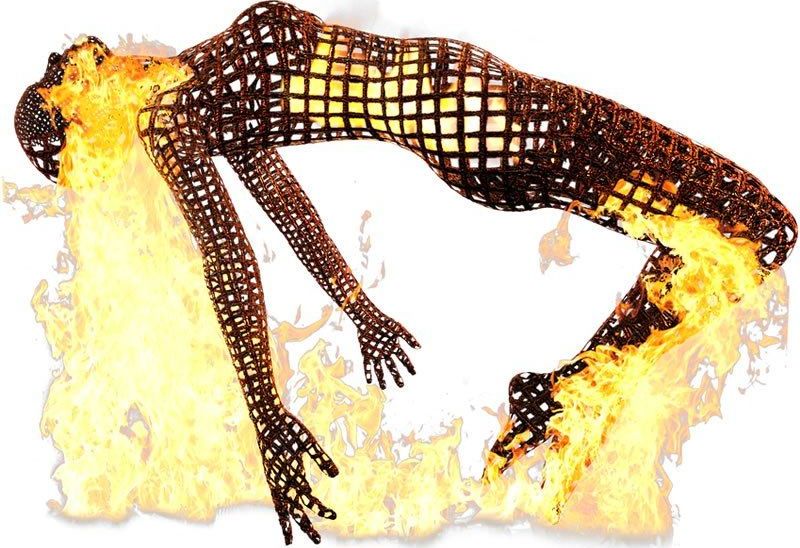
A new, non-invasive brain stimulation treatment shows promise in enhancing memories and cognitive function in those with Alzheimer’s disease. Transcranial electromagnetic treatment (TEMT) increases functional connectivity within the cingulate cortex. TEMT is also able to penetrate the brain to break up amyloid-beta and tau deposits, slowing the progression of Alzheimer’s disease.

There has been a continuously increasing volume of data which has demonstrated that victimization, the clinical term for bullying, affects hundreds of millions of children and adolescents which can sometimes last for years and even decades. This is seen as a global health challenge by the World Health Organization and the United Nations. However, researchers maintain there is still a limited understanding of how this act can affect the developing brain physically.
Most of the research into the neurobiological processes that might contribute to these negative health outcomes has occurred in the past decade, much of it focused on bullying’s impact on the body’s stress response system. A paper published last December in the journal Molecular Psychiatry sheds some light on a different area: brain architecture. The trauma stemming from chronic bullying can affect the structure of the brain, according to longitudinal magnetic resonance imaging (MRI) data collected by an international team based at King’s College London. The findings echo previous research, which has demonstrated similar changes in children and adults who experienced what’s known as “child maltreatment” — neglect or abuse by adult caregivers.
Long-term changes to the brain’s structure and chemistry are an indicator “of how sinister bullying is” says Tracy Vaillancourt, a developmental psychologist at the University of Ottawa. Along with others in the field, she is hopeful that studies like the one from King’s College will be a catalyst for further research which could ultimately be used to inform policy decisions and support anti-bullying interventions.
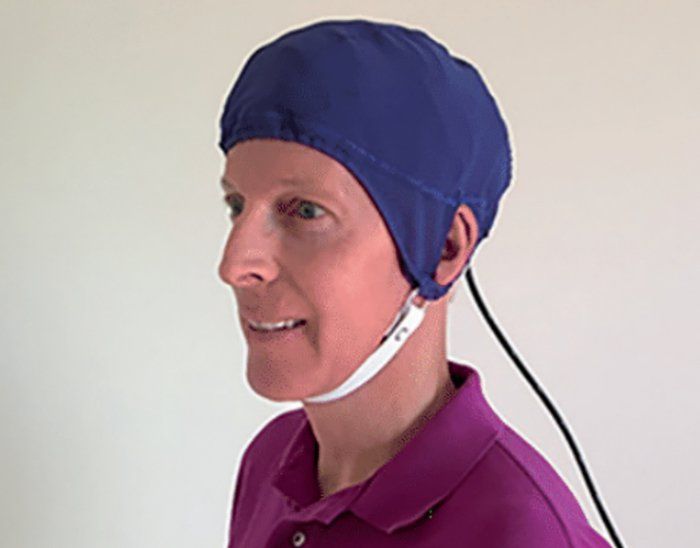
In the ongoing efforts to control and treat Alzheimer’s, one of the more promising avenues of research is using electromagnetic waves to reverse memory loss – and a small study using this approach has reported some encouraging results.
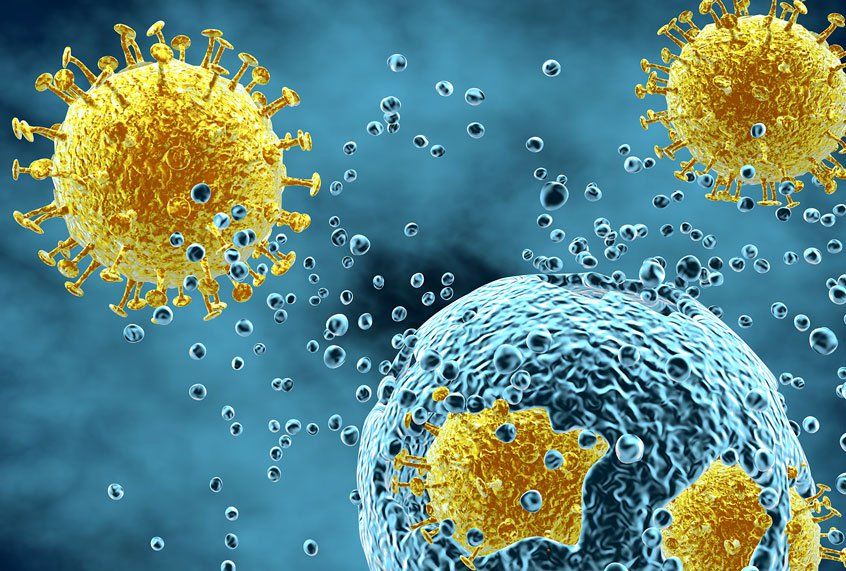
Despite the common cold being so — well — common, researchers have never succeeded in the long dream of curing or immunizing against the array of rhinoviruses that generally cause it. Though the common cold generally does not kill those who are not infirm or immunocompromised, it costs billions in lost time and energy. Now, new research hints that science might be closing in on the cold.
In a study to be published in Nature Microbiology, researchers at Stanford University and University of California, San Francisco say that the cure to the common cold could be the result of disabling one single host protein.
Advertisement: